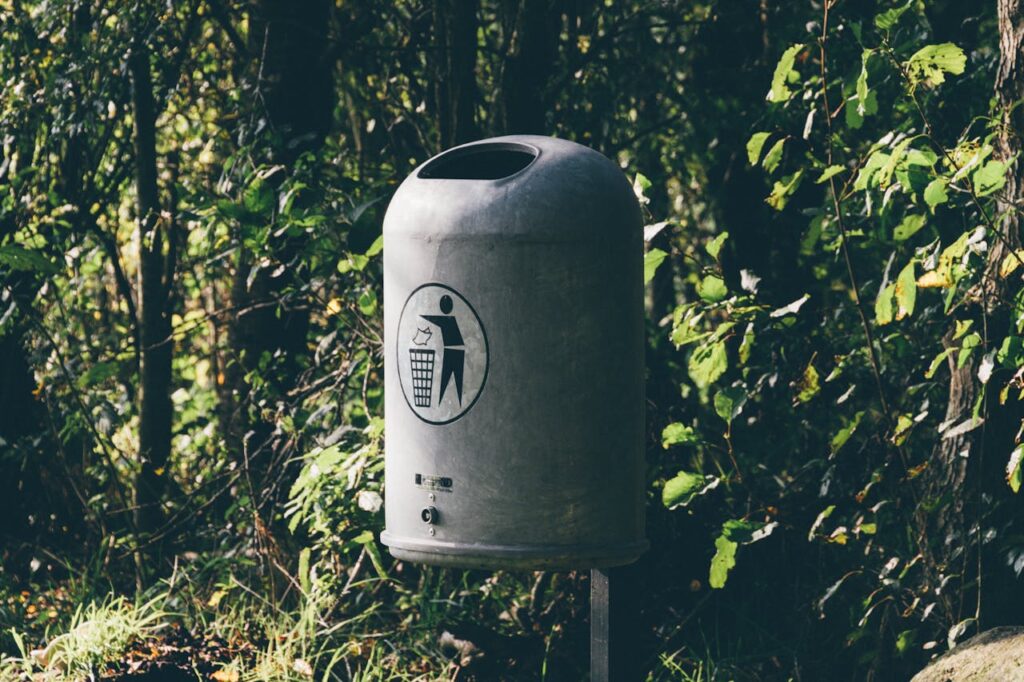IoT for Waste Management in Affordable Housing Complexes
The dense population in affordable housing requires efficient waste management to handle substantial waste output from residents.
Waste collection techniques from the past create several operational problems including bin overflow and uncollected containers along with costly maintenance expenses.
Waste management has transformed through Internet of Things (IoT) integration to develop better data-driven solutions for smarter operations.
The IoT provides modern housing communities with efficient operations while cutting costs and encouraging environmental stewardship so it serves as an excellent solution.
Through this blog we examine IoT benefits for affordable housing complexes by enhancing waste collection strategies and waste reduction while making sustainability more effective.
The Role of IoT in Waste Management
1. Smart Waste Bins with Real-Time Monitoring
The sensors embedded in IoT-enabled waste bins track waste volumes which gets immediately transmitted to waste management control systems.
These sensors help in:
- The system detects full bins to prevent both overflow and contamination issues.
- Internet of Things-enabled waste bins enable waste managers to cut down on collection trips which results in savings of fuel expenses and labor costs.
- Waste management companies should base their collection schedules on current waste volume instead of using standardized time schedules.
2. Automated Waste Sorting and Recycling
The application of IoT technology with AI-powered sorting systems creates stronger recycling processes. These systems:
- The system implements sensors to detect waste types (organic, plastic, metal) through image recognition measurement.
- The segregation of recyclable materials creates better recycling efficiency while preventing damage to the materials and their worth.
- Monitoring systems supply instant data about recycling performance thereby aiding communities to achieve their sustainability goals.
3. Smart Route Optimization for Waste Collection Trucks
IoT waste management platforms benefit from GPS and AI systems which optimize the routes for waste collection.
This results in:
- Reduced fuel consumption and lower carbon emissions.
- The implementation brings about faster waste removal together with minimized smell production and health threats.
- The described system maximizes resource distribution while simultaneously conserving housing community funds.
Benefits of IoT-Enabled Waste Management
1. Cost Savings
Through IoT-enabled waste systems operators cut down on needless waste collection operations which in turn decreases costs associated with fuel usage and labor expenses and maintenance expenses.
The automated sorting method reduces costs that human workers would otherwise engage in.
2. Environmental Impact
Fewer emissions emerge from improved waste collection practices and better waste sorting methods enable lower landfilled waste resulting in environmental sustainability.
3. Improved Hygiene and Public Health
Smart waste containers deploy technology that controls waste levels thus cutting down infections and disease transmission.
Waste collection practices that happen quickly result in cleaner neighborhoods with enhanced living conditions for neighborhood residents.
4. Data-Driven Decision Making
The Internet of Things reveals waste generation patterns that allow housing authorities with municipalities to design efficient waste management policies in addition to awareness programs.
Challenges and Future of IoT in Waste Management
Challenges
The adoption of IoT waste management systems faces an initial requirement of substantial funding for smart bins, sensors and software solution development.
Connected data systems create new security threats that allow hackers to break into protected data. Organizations may require technical education about letting and managing IoT waste systems.
Future Outlook
Waste management applications of IoT technology will experience a growing adoption rate because technology platforms become both more affordable and easier to access.
Waste analytics driven by artificial intelligence combined with robotic waste sorting equipment and block chain tracking systems will continue to evolve for better transparency and efficiency in waste management.

Community Engagement and Awareness through IoT
A successful implementation of IoT waste management relies equally on technological advancement with resident education trips.
Smart systems provide mobile applications together with digital interfaces which display resident waste statistics as well as recycling data and waste collection timing.
The system demystifies waste disposal practices which leads people toward adopting better waste handling methods.
Community participation can be increased through gamification techniques that offer rewards to those who participate in recycling activities.
Integration of IoT with Smart City Initiatives
The implementation of IoT-based waste management solutions in affordable housing developments should operate within smart city comprehensive strategies.
Urban sustainability initiatives emerge when waste management data integrates with water conservation data along with energy efficiency data and traffic management data to form an integrated sustainability plan.
Through AI analytics governments alongside municipalities can build waste reduction policies together with circular economic models and optimal resource management systems.
Conclusion
IoT technology is transforming the waste disposal practices at affordable housing sites through smart waste management systems.
The combination of smart bins with AI sorting capabilities along with route optimization allows communities to lower costs and boost hygiene standards while achieving environmental preservation goals.
Through the initial hurdles IoT waste management proves to be a sound financial choice for building sustainable waste solutions in the future.
The adoption of IoT technology enables housing communities to move toward sustainable surroundings with clean and advanced management of waste operations.
FAQs
1. The operation of Internet of Things enabled waste bins exists how?
The sensors built into IoT waste bins determine waste volume inside the bins. The device triggers a waste management system alert when the bin reaches almost complete capacity thus enabling timely waste removal.
2. Can IoT waste management reduce costs for housing communities?
The implementation of IoT waste management systems allows housing communities to save money through optimal waste collection strategies alongside reduced fuel usage and improved recycling operations.
3. Does the implementation of Internet of Things technology constitute an environmentally safe system for waste management?
Absolutely! The implementation of IoT waste management costs houses less because it allows waste minimization and reduces trips to collect waste and increases recycling activities while being beneficial to environmental sustainability.

